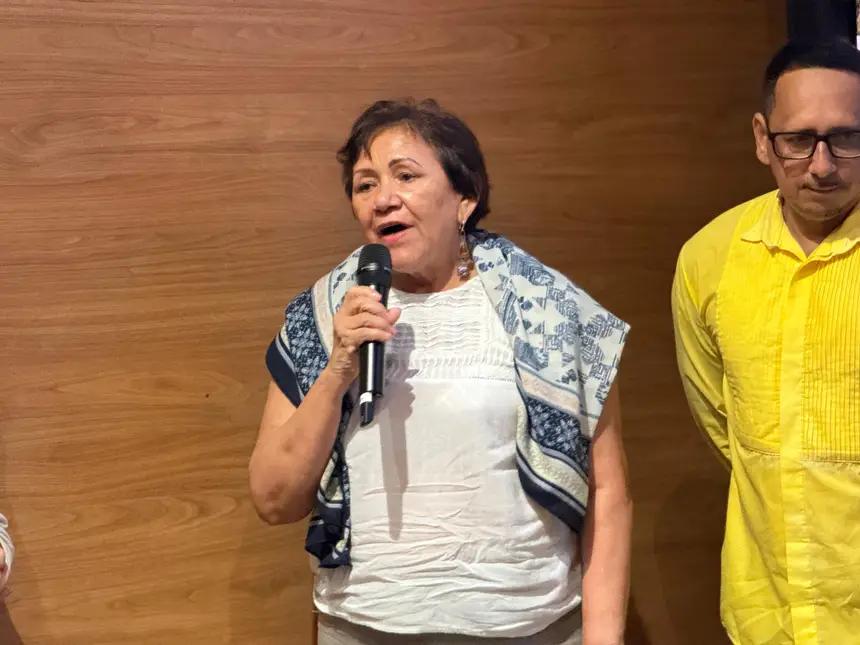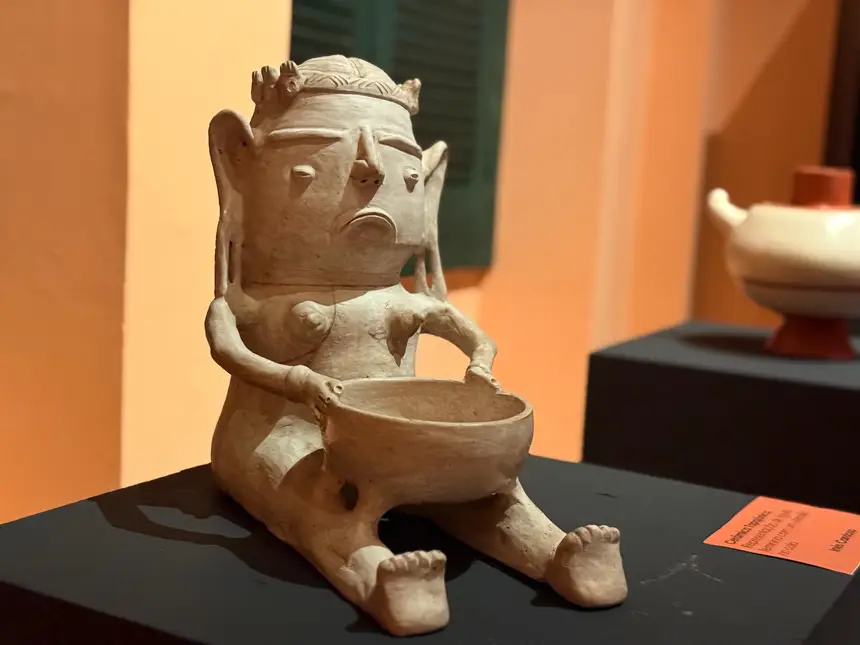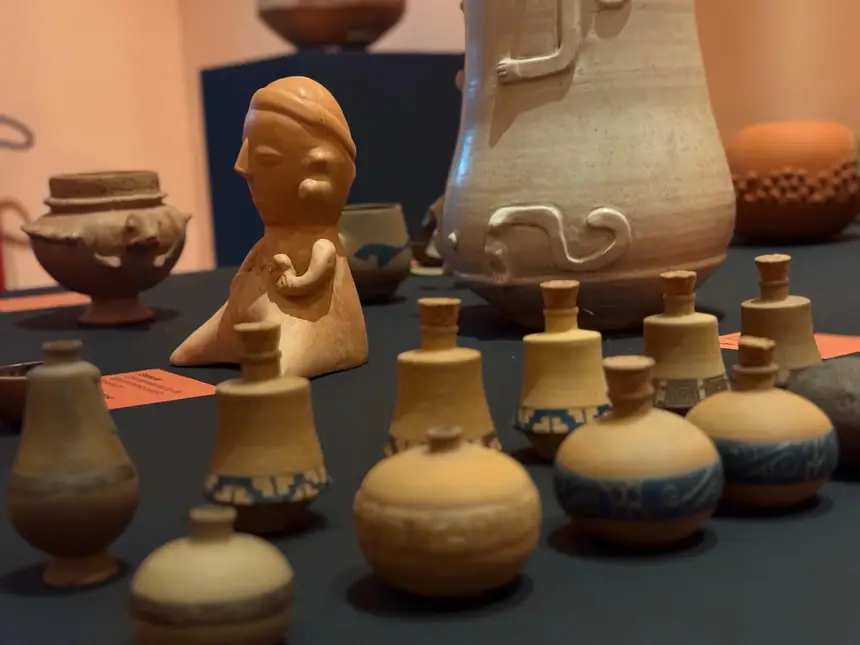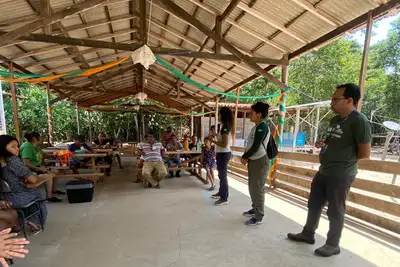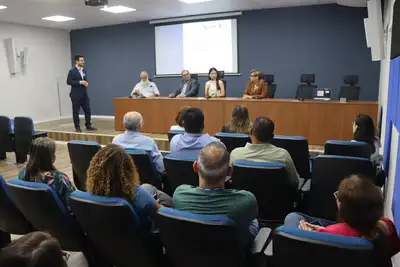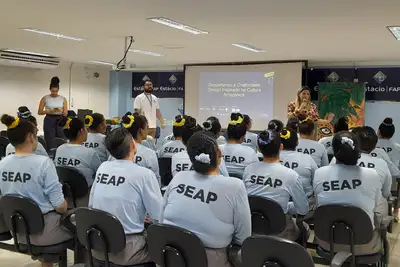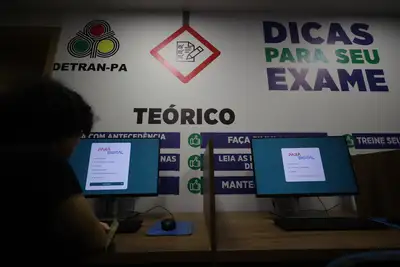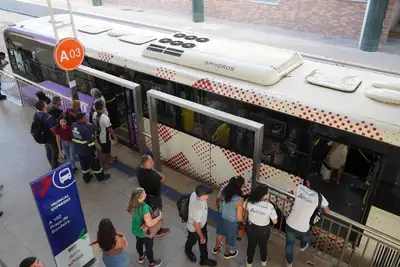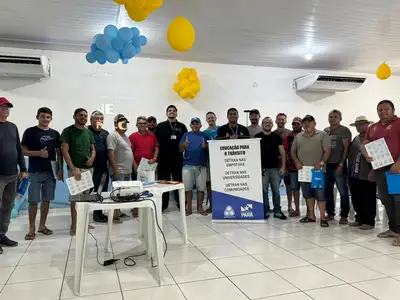Cine Guanabara Room Opens with Short Film Screenings and Cultural Exhibition in Icoaraci
Space delivered by Secult honors an old cinema in the district and values ceramic culture, featuring works from the Cardoso family
The State Secretariat of Culture (Secult) delivered the Cine Guanabara room at the Cultural Station of Icoaraci in Belém on the night of this Wednesday (26). The new space is dedicated to the exhibition of audiovisual productions and cultural shows. The ceremony was attended by the State Secretary of Culture, Ursula Vidal, artists, filmmakers, and residents of Icoaraci.
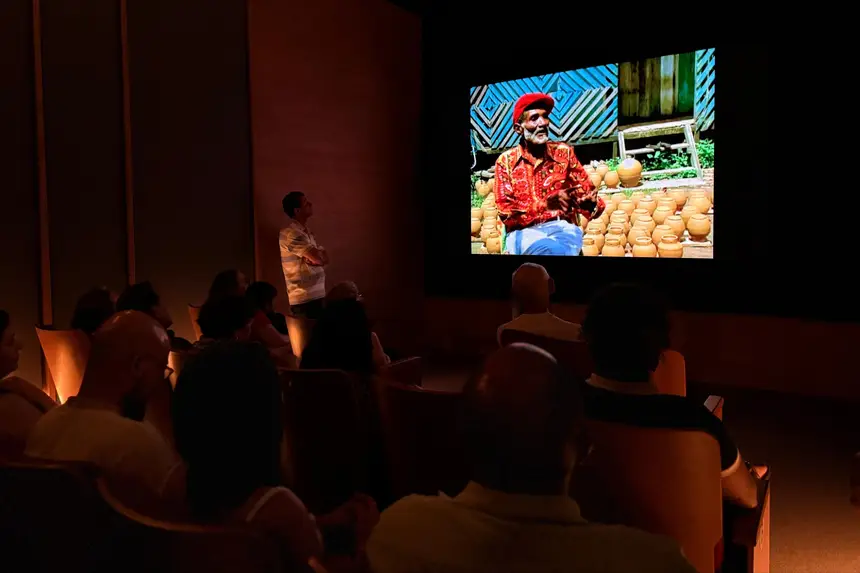
The name is a tribute to an old cinema in the district. The new space was created after the reconfiguration of a room in the Cultural Station. The initiative also includes other facilities managed by Secult, with resources from the Paulo Gustavo Law (LPG). More than R$ 3.7 million were allocated for the implementation of cinema rooms in different facilities.
“This space is more than a cinema. It is a place for meeting, creation, and valuing the artistic expressions of our people. Having this room in Icoaraci is to recognize the ancestral knowledge that remains alive here,” emphasized Secretary Ursula Vidal.
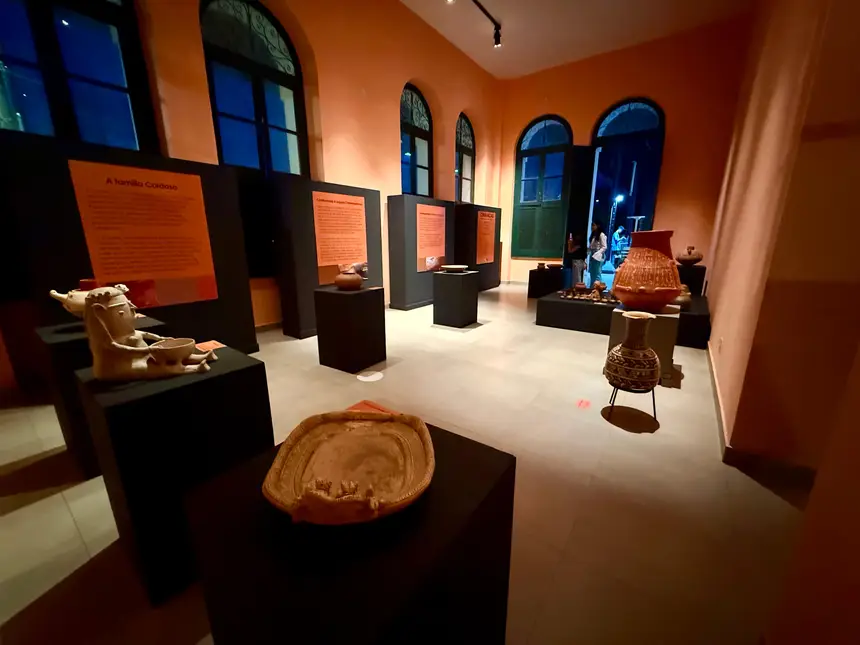
Tradition - The exhibition “Ceramics: Stories of Lives, Memories, and Traditions” was also opened to the public, featuring works by the Pará ceramicists Mestre Cardoso, Levy Cardoso, and Inês Cardoso. The curation is by the Integrated System of Museums and Memorials (SIMM/Secult), and the exhibition remains open for visitation for a month at the station itself.
The room was opened with the screening of the short films “Música de Mestre” and “Arte de Mestre” by filmmaker Auda Piani, who has documented, over more than 15 years, the ceramic art and other cultural expressions of Pará. “These films are a long-standing effort to document the knowledge passed down from generation to generation by Pará ceramicists. It is a great joy to see this work come to life in such a symbolic space as Cine Guanabara,” stated Auda Piani.
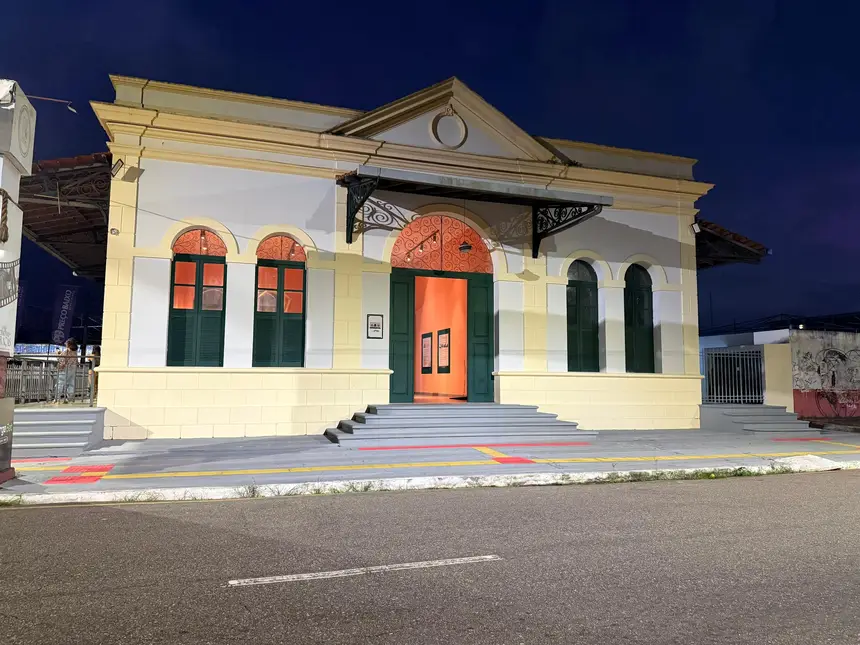
This Friday (27), the program continues with four sessions of the animations “Contos Mirabolantes – O Olho do Mapinguari” and “Umassuma – Lascas de Memória,” by Andrei Miralha and Guaracy Jr., at 10 am, 10:30 am, 11 am, and 11:30 am.
The Cine Guanabara Room is open for use by the community, schools, and cultural makers, with prior scheduling via the email estacaocultural.secult@gmail.com.
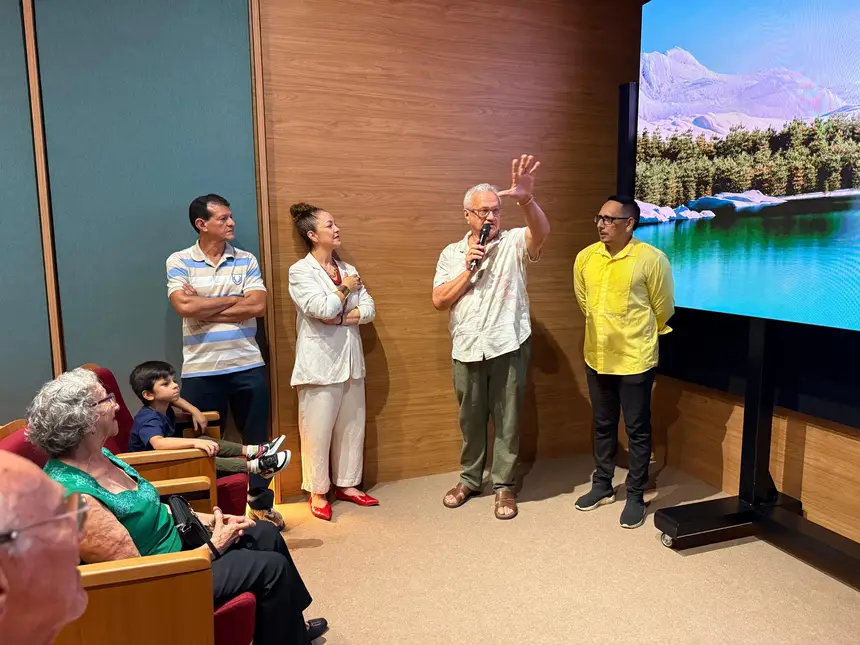
Memory - The building where the Cultural Station now operates was once a train station in the district and maintains a strong emotional connection with the residents. For professor and master Salustiano Vilhena, the inauguration of the room represents a symbolic reconnection with the collective memory of Icoaraci. “It is a first step towards even greater initiatives. Making cinema more accessible is to rekindle the love for art in the younger generations, as it was in the past,” he emphasized.
According to the director of the Icoaraci Station, Luciano Gomes, the district had two cinema rooms between 1950 and 1970, but has been without this cultural facility since then. “People nostalgically comment on how important it was to have access to audiovisual content back then. The Cine Guanabara room arrives to revive that feeling and strengthen the cultural actions of the Station,” he pointed out.
For master ceramicist Levy Cardoso, who participated in the exhibition with works from his family, the moment was one of emotion and recognition. “The feeling is one of gratitude. Without the attentive gaze of the current management, we would not have this visibility. I am very proud to show what I learned from my father (Mestre Cardoso),” he declared.
In addition to the Cultural Station of Icoaraci, other spaces are being prepared to receive cinema rooms, such as the Marajó Museum in Cachoeira do Arari, and the Sacred Art Museum and the Eneida de Moraes auditorium at the Faciola Palace, both in Belém.
Text: Painah Silva - Ascom/Secult


